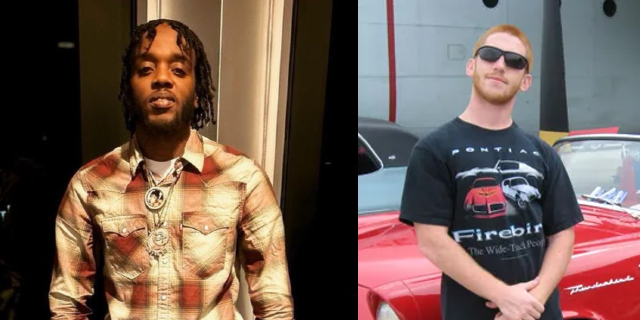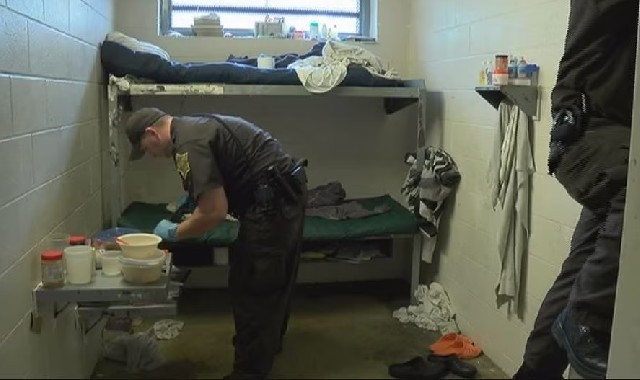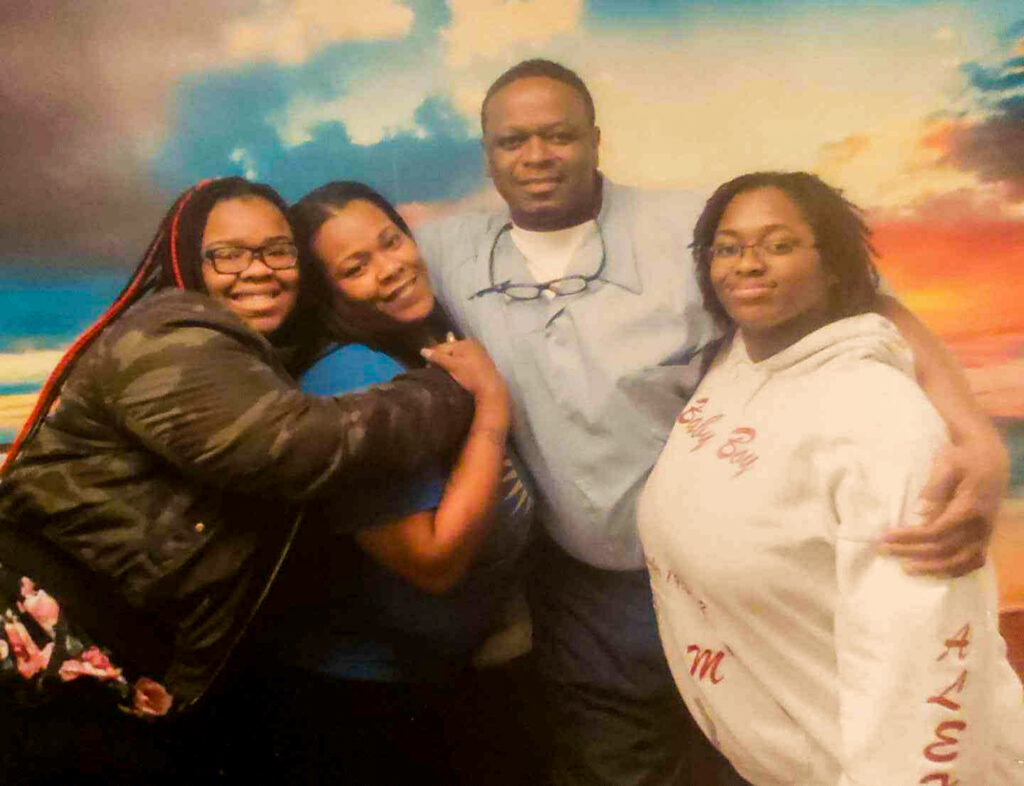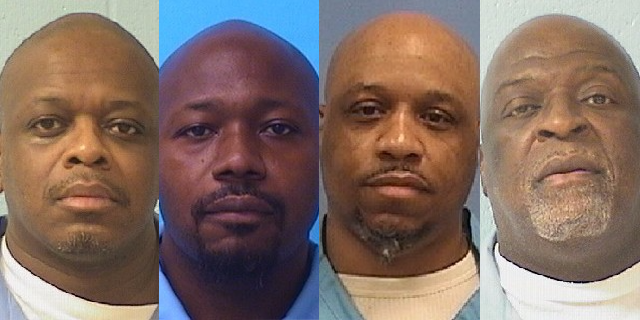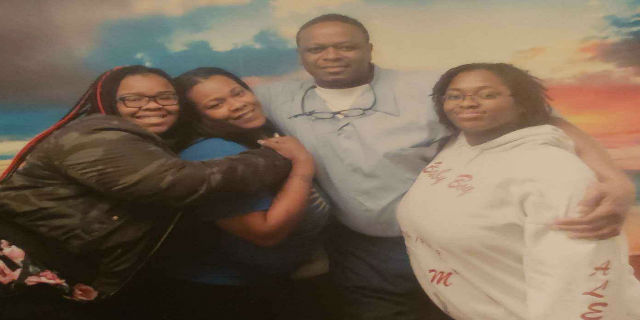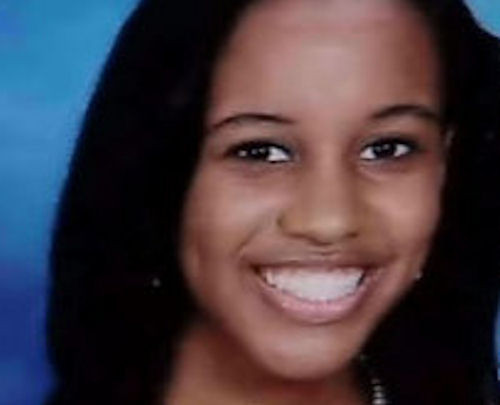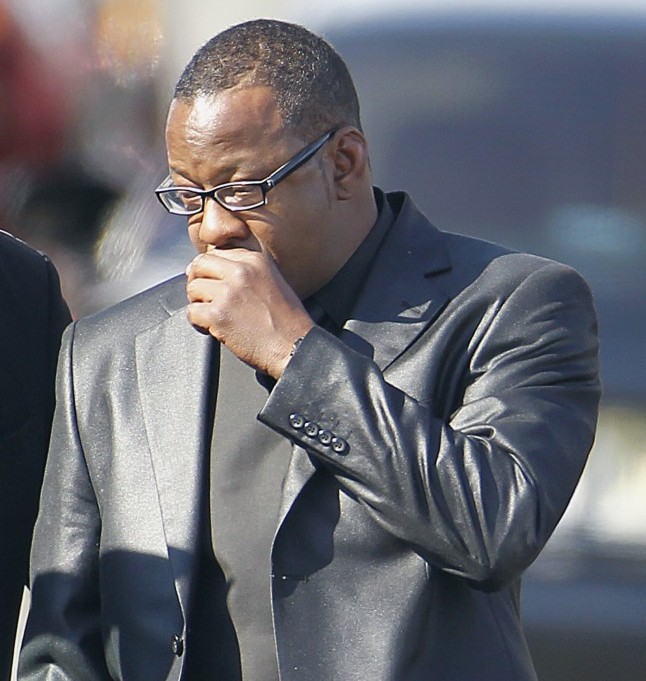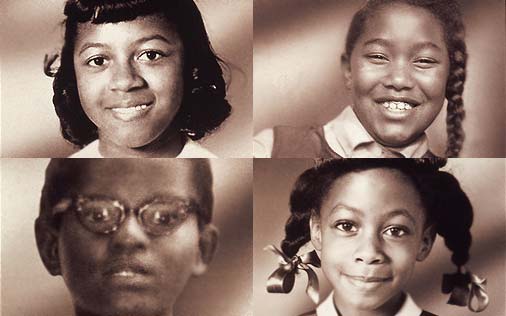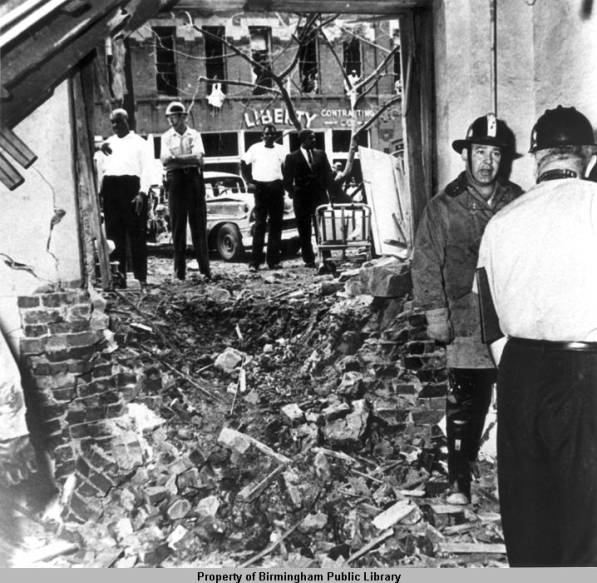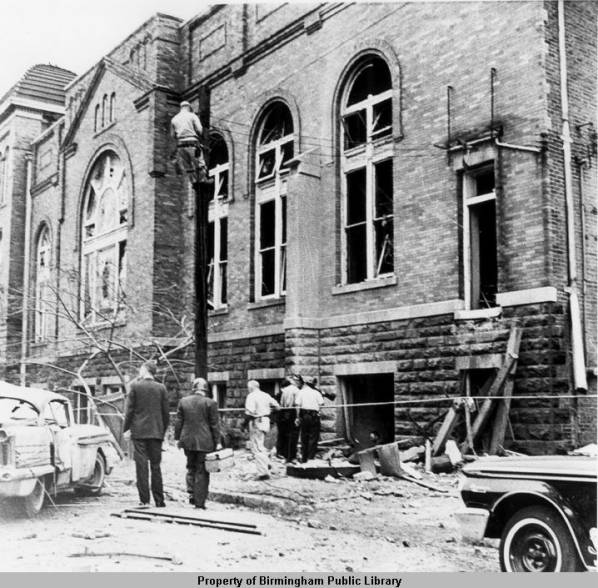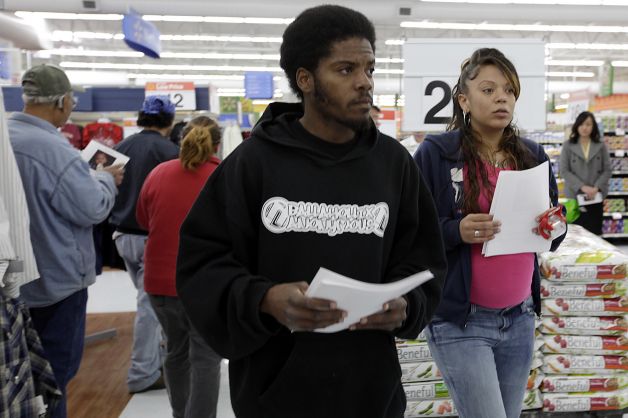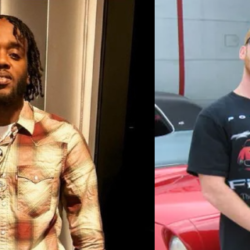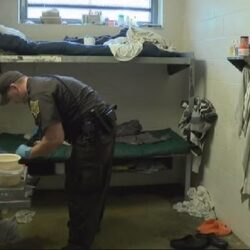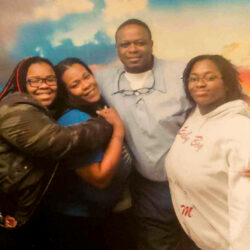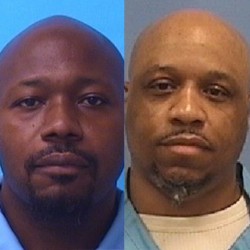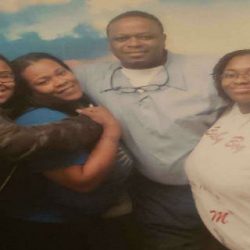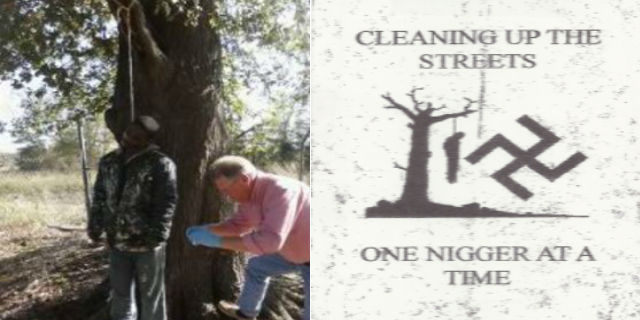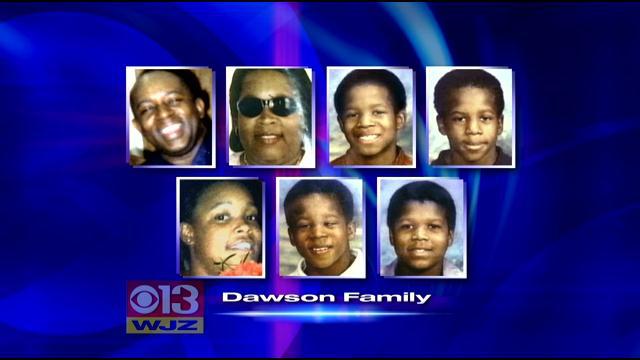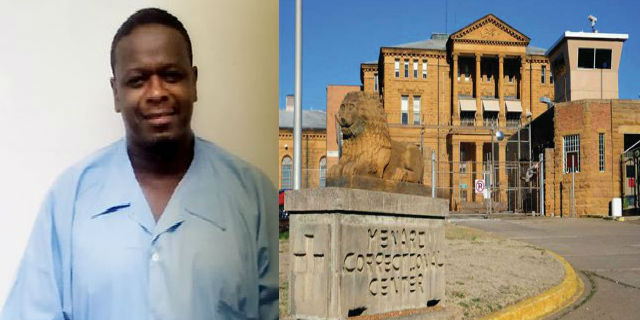Many African Americans are unaware of the story of Emmett Till and how his murder fueled what would eventually become the “Civil Rights Movement”. Till was a 14 year old from Chicago visiting family in Money, Mississippi. Many historians believe that the brutal murder of Emmett is what motivated black people to began fighting for equality in America.
Till arrived on August 21, 1955. On August 24, he and cousin Curtis Jones skipped church where Wright was preaching, joining some local boys as they went to Bryant’s Grocery and Meat Market to buy candy. The teenagers were children of sharecroppers and had been picking cotton all day. The market was owned by a white couple, 24-year-old Roy Bryant and his wife Carolyn, and mostly catered to the local sharecropper population. Carolyn was alone in the store that day; her sister-in-law was in the rear of the store watching children. Jones left Till with the other boys while Jones played checkers across the street. According to Jones, the other boys reported that Till had a photograph of an integrated class at the school he attended in Chicago,[note 1] and Till bragged to the boys that the white children in the picture were his friends. He pointed to a white girl in the picture, or referred to a picture of a white girl that had come with his new wallet,[20] and stated that she was his girlfriend. One or more of the local boys dared Till to speak to 21-year-old Carolyn Bryant.[21]
The facts of what transpired in the store are still disputed, but according to several versions, Till may have wolf-whistled at Bryant.[22] A newspaper account following his disappearance stated that Till sometimes whistled to alleviate his stuttering.[23] His speech was sometimes unclear; his mother claimed he had particular difficulty with pronouncing “b” sounds, and may have whistled to overcome problems asking for bubble gum.[24] Other stories claim Till may have grabbed Carolyn Bryant’s hand and asked her for a date, or said “Bye, baby” as he left the store,[12] or “You needn’t be afraid of me, baby, I’ve been with white women before”.[25] Carolyn Bryant later asserted that Till had grabbed her at the waist and asked her for a date. She said the young man also used “unprintable” words.[26]
In any event, Carolyn Bryant was so alarmed she ran outside to a car to retrieve a pistol from under the seat. Upon seeing her do this, the teenagers left immediately.[25] One of the other boys ran across the street to tell Curtis Jones what happened. When the older man, with whom Jones was playing checkers, heard the story, he urged the boys to leave quickly, fearing violence. Carolyn Bryant told others of the events at the store, and the story spread quickly. Jones and Till declined to tell Mose Wright, fearing they would get in trouble.[27] Till expressed a desire to return home to Chicago. Roy Bryant was on an extended trip hauling shrimp to Texas and did not return home until August 27.[28]
When Roy Bryant was told of what had transpired, he aggressively questioned several young black men who entered the store. That evening, Bryant, with a black man named J. W. Washington, approached a young black man walking along a road. Bryant ordered Washington to seize the young man, put him in the back of his pickup truck, and took him to be identified by an as-yet unnamed companion of Carolyn’s who had witnessed the episode with Till. Friends or parents vouched for the young men in Bryant’s store, and Carolyn’s companion denied that the young man Bryant and Washington seized was the one who had accosted her. Somehow, however, Bryant learned that the young man who had done it was from Chicago and was staying with Mose Wright.[note 2] Several witnesses overheard Bryant and his 36-year-old half-brother John William “J. W.” Milam discussing taking Till from his house.[29]
In the early morning hours—between 2:00 and 3:30—on Sunday, August 28, 1955, Roy Bryant, Milam, and another man (who may have been black) drove to Mose Wright’s house. Milam was armed with a pistol and a flashlight. He asked Wright if he had three boys in the house from Chicago. Till shared a bed with another cousin; there were eight people in the small two-bedroom cabin. Milam asked Wright to take them to “the nigger who did the talking”. When they asked Till if it was he, he replied, “Yeah”, for which they threatened to shoot him and told him to get dressed.[12][30] The men threatened to kill Wright if he reported what he had seen. Till’s great-aunt offered the men money, but they did not respond. They put Till in the back of a pickup truck and drove to a barn at the Clint Shurden Plantation in Drew. Till was pistol-whipped and placed in the bed of the pickup truck again and covered with a tarpaulin. Throughout the course of the night, Bryant, Milam, and witnesses recall them being in several locations with Till. According to some witnesses, they took Till to a shed behind Milam’s home in the nearby town of Glendora where they beat him again and tried to decide what to do. Witnesses recall between two and four white men and two and four black men who were either in or surrounding the pickup truck where Till was seated. Others passed by Milam’s shed to the sounds of someone being beaten. Accounts differ as to when Till was shot; either in Milam’s shed or by the Tallahatchie River. He was driven to Bryant’s store where several people noticed blood pooling in the truck bed. Bryant explained he killed a deer, and in one instance showed the body to a black man who questioned him, saying “that’s what happens to smart niggers”.[31]
- Well, what else could we do? He was hopeless. I’m no bully; I never hurt a nigger in my life. I like niggers—in their place—I know how to work ’em. But I just decided it was time a few people got put on notice. As long as I live and can do anything about it, niggers are gonna stay in their place. Niggers ain’t gonna vote where I live. If they did, they’d control the government. They ain’t gonna go to school with my kids. And when a nigger gets close to mentioning sex with a white woman, he’s tired o’ livin’. I’m likely to kill him. Me and my folks fought for this country, and we got some rights. I stood there in that shed and listened to that nigger throw that poison at me, and I just made up my mind. ‘Chicago boy,’ I said, ‘I’m tired of ’em sending your kind down here to stir up trouble. Goddam you, I’m going to make an example of you—just so everybody can know how me and my folks stand.’
- J. W. Milam, Look magazine, 1956 [12]
In an interview with William Bradford Huie in Look magazine in 1956, Bryant and Milam stated that their intention was to beat Till and throw him off an embankment into the river to frighten him. They told Huie that while they were beating Till, however, he called them bastards, declared he was as good as they, and had in the past had sexual encounters with white women. They then put Till in the back of their truck, drove to a cotton gin to take a 70-pound (32 kg) fan—the only time they admitted to being worried, thinking that by this time in early daylight they would be spotted and accused of stealing—and drove for several miles along the river looking for a place to dispose of Till. They shot him by the river and weighted his body with the fan.[12][note 3]
Mose Wright stayed on his front porch for twenty minutes waiting for Till to return. He did not go back to bed. He and another man went into Money, got gasoline, and drove around trying to find Till. Unsuccessful, they returned home by 8:00 am.[32]After hearing from Wright he would not call the police because he feared for his life, Curtis Jones placed a call to the Leflore County sheriff and another to his mother in Chicago, who, hysterical, called Mamie Till Bradley.[33] Wright and his wife also drove to Sumner, where Elizabeth Wright’s brother contacted the sheriff.[34]
Bryant and Milam were questioned by Leflore County Sheriff George Smith. They admitted they had taken the boy from his great-uncle’s yard but claimed they had released him the same night in front of Bryant’s store. Bryant and Milam were arrested for kidnapping.[35] Word got out that Till was missing, and soon Mississippi state field secretary for the National Association for the Advancement of Colored People (NAACP) Medgar Evers, and Amzie Moore, head of the Bolivar County chapter, became involved, disguising themselves as cotton pickers and going into the cotton fields in search of any information that might help find Till.[36]
Three days after his abduction, Till’s swollen and disfigured body was found by two boys fishing in the Tallahatchie River. His head was very badly damaged, he had been shot above the right ear, an eye was dislodged from the socket, there was evidence that he had been beaten on the back and the hips, and his body weighted to the fan blade, fastened around his neck with barbed wire. He was nude, but wearing a silver ring with the initials “L. T.” and “May 25, 1943” carved in it.[37][note 4]
Confusion about Till’s whereabouts and a positive identification of the body retrieved from the river compounded issues in the case that eventually influenced the trial. Hodding Carter in theDelta Democrat-Times, a local Mississippi newspaper, reported that Till may have been hidden by his relatives or perhaps returned to Chicago for his safety.[38] The body’s face was unrecognizable due to trauma and the result of being submerged in water. Mose Wright was called to the river and identified Till. The silver ring Till wore was removed and returned to Wright, and further passed to the district attorney. Stories from witnesses, both black and white, conflict about whether the ring was on Till’s body and who knew he had worn it previously.[39]
The town of Sumner in Tallahatchie County served as the venue for the trial as the body had been found there. Sumner had only one boarding house and the small town was besieged by reporters from all over the country. David Halberstam called it “the first great media event of the civil rights movement”.[55] A reporter who had covered the trials for Bruno Hauptmann andMachine Gun Kelly remarked that this was the most publicity for any trial he had ever seen.[25] No hotels were available for black visitors. Mamie Till Bradley arrived to testify and the trial also attracted black congressman Charles Diggs from Michigan. Bradley, Diggs, and several black reporters stayed at Howard’s home in Mound Bayou, which, on a large lot surrounded by Howard’s armed guards, resembled a compound. The day before the start of the trial, a young black man named Frank Young arrived to tell Howard he knew of two witnesses to the crime. Levi “Too Tight” Collins and Henry Lee Loggins were black employees of Leslie Milam, J. W.’s brother, in whose shed Till was beaten. Collins and Loggins were spotted with J. W. Milam, Bryant, and Till. The prosecution team was unaware of Collins and Loggins. Sheriff Strider, however, booked them into the Charleston, Mississippi jail to keep them from testifying.[56]
The trial was held in September 1955, lasting for five days and attendees remember it being very hot. The courtroom was filled to its 280-spectator capacity, and as a matter of course racially segregated.[57] Press from major national newspapers attended, including black publications; black reporters were made to sit segregated from the white press, farther from the jury. Sheriff Strider welcomed black spectators coming back from lunch with a cheerful, “Hello, Niggers!”[58] Some visitors from the North found the court to be run with surprising informality. Jury members were allowed to drink beer on duty and many white men in the audience wore handguns holstered to their belts.[59]

Ernest Withers defied the judge’s orders prohibiting photography during the trial to document Mose Wright standing to identify J. W. Milam, which “signified intimidation of Delta blacks was no longer as effective as the past”[60] and Wright had “crossed a line that no one could remember a black man ever crossing in Mississippi”.[61]
The defense’s primary strategy was arguing that the body pulled from the river could not be positively identified and they questioned whether Till was dead at all. The defense asserted that Bryant and Milam had taken Till, but had let him go. They furthermore attempted to prove that Mose Wright—who was addressed as “Uncle Mose” by the prosecution and “Mose” by the defense—could not identify Bryant and Milam as the men who took Till from his cabin. Only Milam’s flashlight was in use, and no other lights in the house were turned on. Milam and Bryant identified themselves to Wright the evening they took Till—the third man did not speak—but Wright only saw Milam clearly. Wright’s testimony was considered remarkably courageous and a first in the state for a black man implicating the guilt of a white man in court. Journalist James Hicks, who worked for the black news wire service National News Association, was present in the courtroom and was especially impressed that Wright stood to identify Milam, pointing to him and saying “Thar he” (There he is),[note 7] calling it a historic moment and one filled with “electricity”.[62] A writer for the New York Post noted that following his identification Wright sat “with a lurch which told better than anything else the cost in strength to him of the thing he had done”.[63] A reporter who covered the trial for the New Orleans Times-Picayune stated it was “the most dramatic thing I saw in my career”.[64]
Mamie Till Bradley testified that she instructed her son to watch his manners in Mississippi and that should a situation ever come to his being asked to get on his knees to ask forgiveness of a white person, he should do it without a thought. The defense questioned her identification of her son in the casket in Chicago and a $400 life insurance policy she had taken out on him.[65]
While the trial progressed, Leflore County Sheriff George Smith, Howard, and several reporters, both black and white, attempted to locate Collins and Loggins. They could not, but found three witnesses who had seen Collins and Loggins with Milam and Bryant on Leslie Milam’s property. Two of them testified that they heard someone being beaten, blows, and cries.[65] One testified so quietly the judge ordered him several times to speak louder, he heard the victim call out, “Mama, Lord have mercy. Lord have mercy.”[66] Judge Curtis Swango allowed Carolyn Bryant to testify, but not in front of the jury, after the prosecution objected that her testimony was irrelevant to Till’s abduction and murder. It may have been leaked in any case to the jury. Sheriff Strider testified for the defense his theory that Till was alive, the body retrieved from the river was white, and a doctor from Greenwood stated on the stand that the body was too decomposed to identify, and therefore had been in the water too long for it to be Till.[67]
In the concluding statements, one prosecuting attorney admitted that what Till did was wrong, but it warranted a spanking, not murder. Gerald Chatham passionately called for justice and mocked the sheriff and doctor’s statements that alluded to a conspiracy. Mamie Bradley indicated she was very impressed with his summation.[68] The defense stated that the prosecution’s theory of the events the night Till was murdered were improbable, and said the jury’s “forefathers would turn over in their graves” if they convicted Bryant and Milam. Only three outcomes were possible in Mississippi for capital murder: life imprisonment, the death penalty, or acquittal. On September 23 the jury acquitted both defendants after a 67-minute deliberation; one juror said, “If we hadn’t stopped to drink pop, it wouldn’t have taken that long.”[69]
In post-trial analyses, blame for the outcome varied. Mamie Till Bradley was criticized for not crying enough on the stand. The jury was noted to have been picked almost exclusively from the hill country section of Tallahatchie County, which, due to its poorer economic make-up found whites and blacks competing for land and other agrarian opportunities. Unlike the population living closer to the river (and thus closer to Bryant and Milam in Leflore County) who possessed a noblesse oblige toward blacks according to historian Stephen Whitaker, those in the eastern part of the county were remarkably virulent in their racism. The prosecution was criticized for dismissing any potential juror who knew Milam or Bryant, for the fear that such a juror would vote to acquit. Afterward, Whitaker noted that this was a mistake as anyone who had personally known the defendants usually disliked them.[25][68] One juror voted twice to convict, but on the third discussion, acquiesced and voted with the rest of the jury to acquit.[70] In later interviews, the jurors acknowledged that they knew Bryant and Milam were guilty, but simply did not believe that life imprisonment or the death penalty fit punishment for whites who had killed a black man.[71] This is somewhat disputed by later interviews with two jurors who stated as late as 2005 that they believed the defense’s case, that the prosecution had not proven that Till had died and that it was his body that was removed from the river.[70]
In November 1955 a grand jury declined to indict Bryant and Milam for kidnapping, despite the testimony given that they had admitted taking Till. Mose Wright and a young man named Willie Reed, who testified to seeing Milam enter the shed where screams and blows came from, both testified in front of the grand jury.[72] T. R. M. Howard paid to relocate Wright, Reed, and another black witness who testified against Milam and Bryant, to Chicago.[68]
Although racially motivated murders had occurred throughout the South for decades, the circumstances surrounding Emmett Till grew beyond the details of a 14-year-old boy who had unknowingly defied a severe social caste system. Till’s murder brought considerations about segregation, law enforcement, relations between the North and South, the social status quo in Mississippi, the NAACP, White Citizens’ Councils, and the Cold War, all of which were played out in a drama staged in newspapers all over the U.S. and abroad.[40] When Till went missing, a three-paragraph story was printed in the Greenwood Commonwealth and quickly picked up by other Mississippi newspapers. They reported on his death when the body was found, and the next day when a picture of him his mother had taken the previous Christmas showing them smiling together, appeared in the Jackson Daily News and Vicksburg Evening Post, editorials and letters to the editor were printed expressing shame at the people who had caused Till’s death. One read “Now is the time for every citizen who loves the state of Mississippi to ‘Stand up and be counted’ before hoodlum white trash brings us to destruction.” The letter went on to state that Negroes were not the downfall of Mississippi society, but whites like those in White Citizens’ Councils that condoned violence.[41] Till’s body was clothed, packed in lime, and put in a pine coffin and prepared for burial. It may have been embalmed while in Mississippi. Mamie Till Bradley demanded the body be sent to Chicago; she later stated she endeavored to halt an immediate burial in Mississippi and called several local and state authorities in Illinois and Mississippi to make sure her son was returned to Chicago.[42] A doctor did not examine Till post-mortem.[43] Mississippi’s governor, Hugh L. White, deplored the murder, asserting that local authorities should pursue a “vigorous prosecution”. He sent a telegram to the national offices of the NAACP promising a full investigation and assuring them “Mississippi does not condone such conduct”. Delta residents, both black and white, also distanced themselves from Till’s murder, finding the circumstances abhorrent. Local newspaper editorials denounced the murderers without question.[25][44] Leflore County Deputy Sheriff John Cothran stated, “The white people around here feel pretty mad about the way that poor little boy was treated, and they won’t stand for this.”[45] Soon, however, discourse about Till’s murder became more complex. Robert Patterson, executive secretary of the segregationist White Citizens’ Council lamented Till’s death by reiterating that racial segregation policies were in force for blacks’ safety and that their efforts were being neutralized by the NAACP. In response, NAACP executive secretary Roy Wilkins characterized the incident as a lynching and stated that Mississippi was attempting to maintain white supremacy through murder, and “there is in the entire state no restraining the influence of decency, not in the state capital, among the daily newspapers, the clergy, nor any segment of the so-called better citizens”.[46] Mamie Till Bradley told a reporter that she would seek legal aid to help law enforcement find her son’s killers and that the State of Mississippi should share the financial responsibility. She was misquoted; it came out as “Mississippi is going to pay for this”.[47]

Till's mother insisted on an open casket to show the world how racist white men in the south had brutally murdered and mutilated her son's body. Images printed in black publications The Chicago Defender and Jet magazine of Till made international news and directed attention to the rights of the blacks in the U.S. South.
The A. A. Rayner Funeral Home in Chicago received Till’s body, and upon arrival, Bradley insisted on viewing it to make a positive identification, later stating that the stench from it was noticeable two blocks away.[48] She decided to have an open casket funeral, saying “There was just no way I could describe what was in that box. No way. And I just wanted the world to see.”[36] Tens of thousands of people lined the street outside the mortuary to view Till’s body, and days later thousands more attended his funeral at Roberts Temple Church of God in Christ. Photographs of his mutilated corpse circulated around the country, notably appearing in Jet magazine and The Chicago Defender, both black publications, and drew intense public reaction. According to The Nation and Newsweek, Chicago’s black community was “aroused as it has not been over any similar act in recent history”.[49][note 5] Till was buried September 6 in Burr Oak Cemetery in Alsip, Illinois. News about Emmett Till spread to both coasts. Chicago Mayor Richard J. Daley and Illinois Governor William Stratton also became involved, urging Governor White to see that justice be done. The tone in Mississippi newspapers changed dramatically. They falsely reported riots in the funeral home in Chicago. Bryant and Milam appeared in photos taken a decade before of them smiling in their military uniforms and Carolyn Bryant’s beauty and virtue were extolled. Rumors of an invasion of outraged blacks and northern whites were printed throughout the state so that the Leflore County sheriff took them seriously. Local businessman, surgeon, and civil rights proponent T. R. M. Howard, one of the wealthiest blacks in the state, warned of a “second civil war” if “slaughtering of Negroes” was allowed.[50] Following Wilkins’ comments, white opinion began to shift. According to historian Stephen Whitfield, a specific brand of xenophobia in the South was particularly strong in Mississippi, urging whites to reject the influence of Northern opinion and agitation.[51] This independent attitude was profound enough in Tallahatchie County that it earned the nickname “The Freestate of Tallahatchie”, according to a former sheriff, “because people here do what they damn well please”, making the county often difficult to govern.[52] Consequently, Tallahatchie County Sheriff Clarence Strider, who initially positively identified Till’s body and stated that the case against Milam and Bryant was “pretty good”, on September 3 announced his doubts that the body pulled from the Tallahatchie River was Till’s, who he speculated, was probably still alive. The body, according to Strider, was planted by the NAACP: a cadaver stolen by T. R. M. Howard, who colluded to place Till’s ring on it.[53] Strider was motivated to change after the comments made in the press about the people of Mississippi, later saying, “The last thing I wanted to do was to defend those peckerwoods. But I just had no choice about it.”[25][note 6] Bryant and Milam were indicted for murder, despite the reservations of the grand jury’s prosecuting attorney, Hamilton Caldwell, who was not confident a conviction would ever be returned in a case of white violence against a black male accused of insulting a white woman. A local black paper was surprised at the indictment and praised the decision, as did the New York Times. The high profile comments made in Northern newspapers and by the NAACP concerned the prosecuting attorney, Gerald Chatham, who worried that they would not be able to secure a guilty verdict, even with the evidence they had. Initially, with limited funds, Bryant and Milam had difficulty finding attorneys to represent them, but five attorneys at a Sumner law firm offered their services pro bono.[51] Collection jars were placed in stores and other public places in the Delta, eventually gathering $10,000 for the defense.
The Peoples Champion
Black History Month Series
I’m David Adams
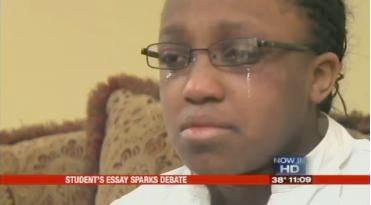
 RSS Feed
RSS Feed Twitter
Twitter
